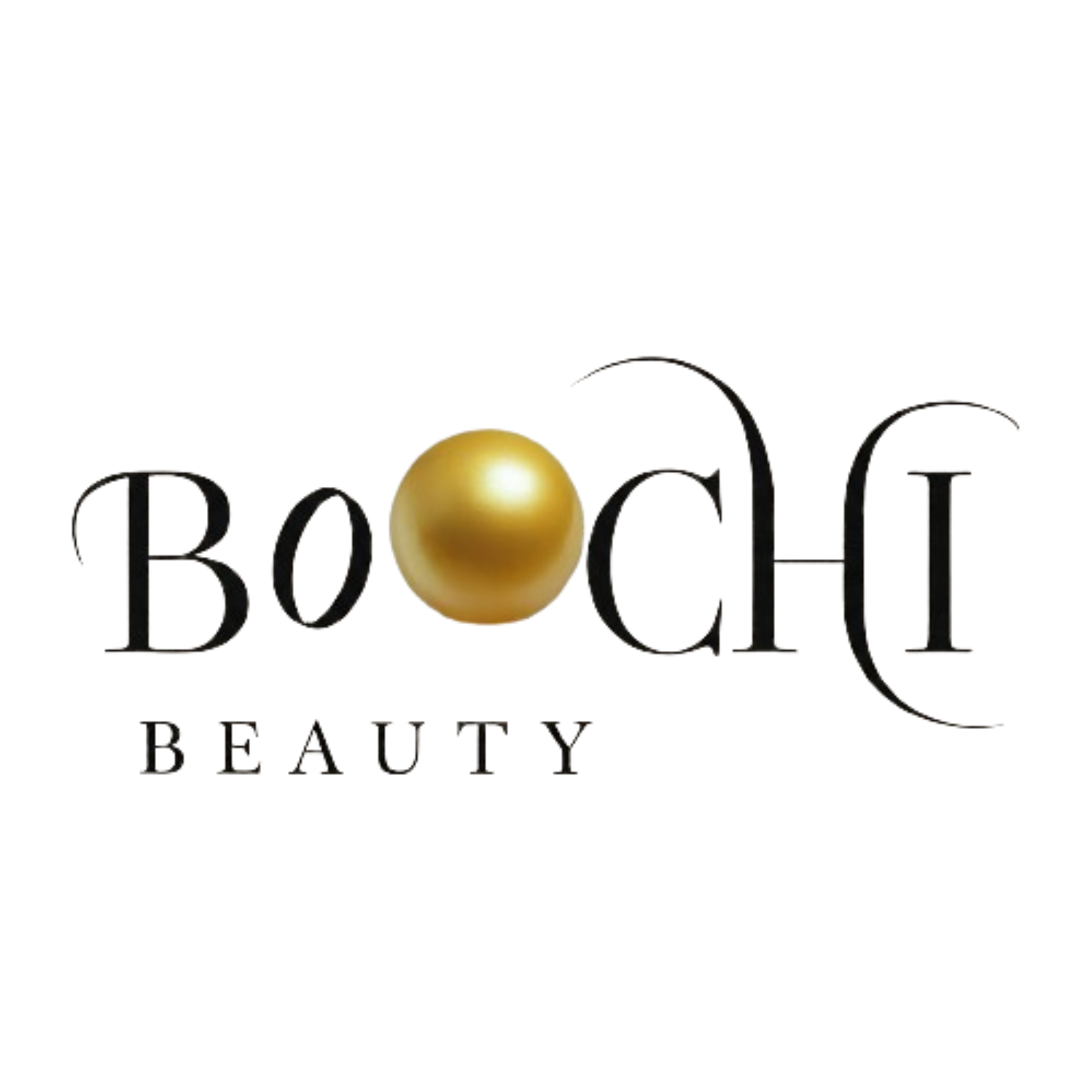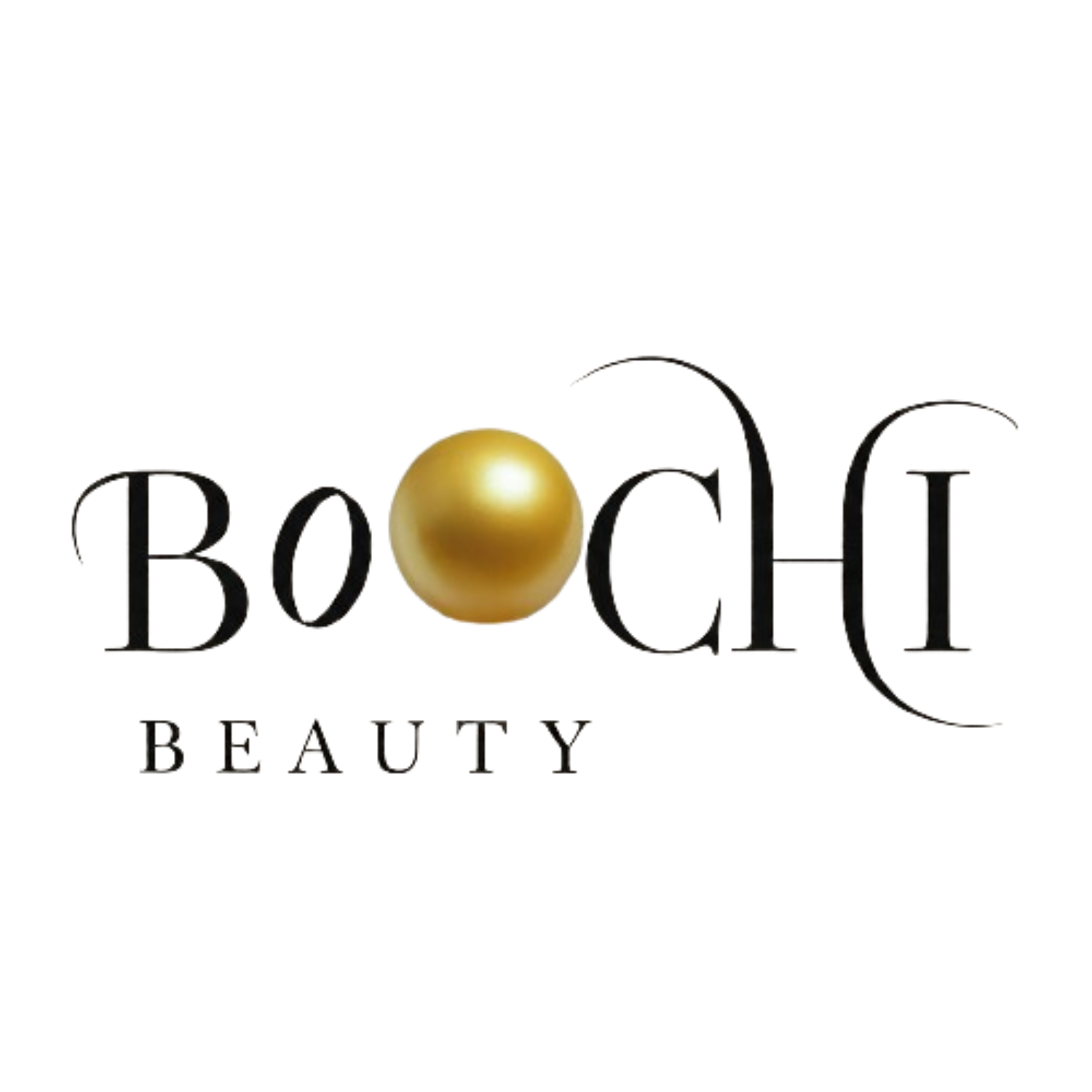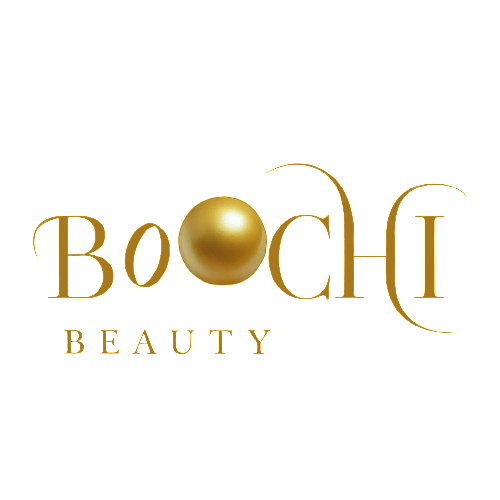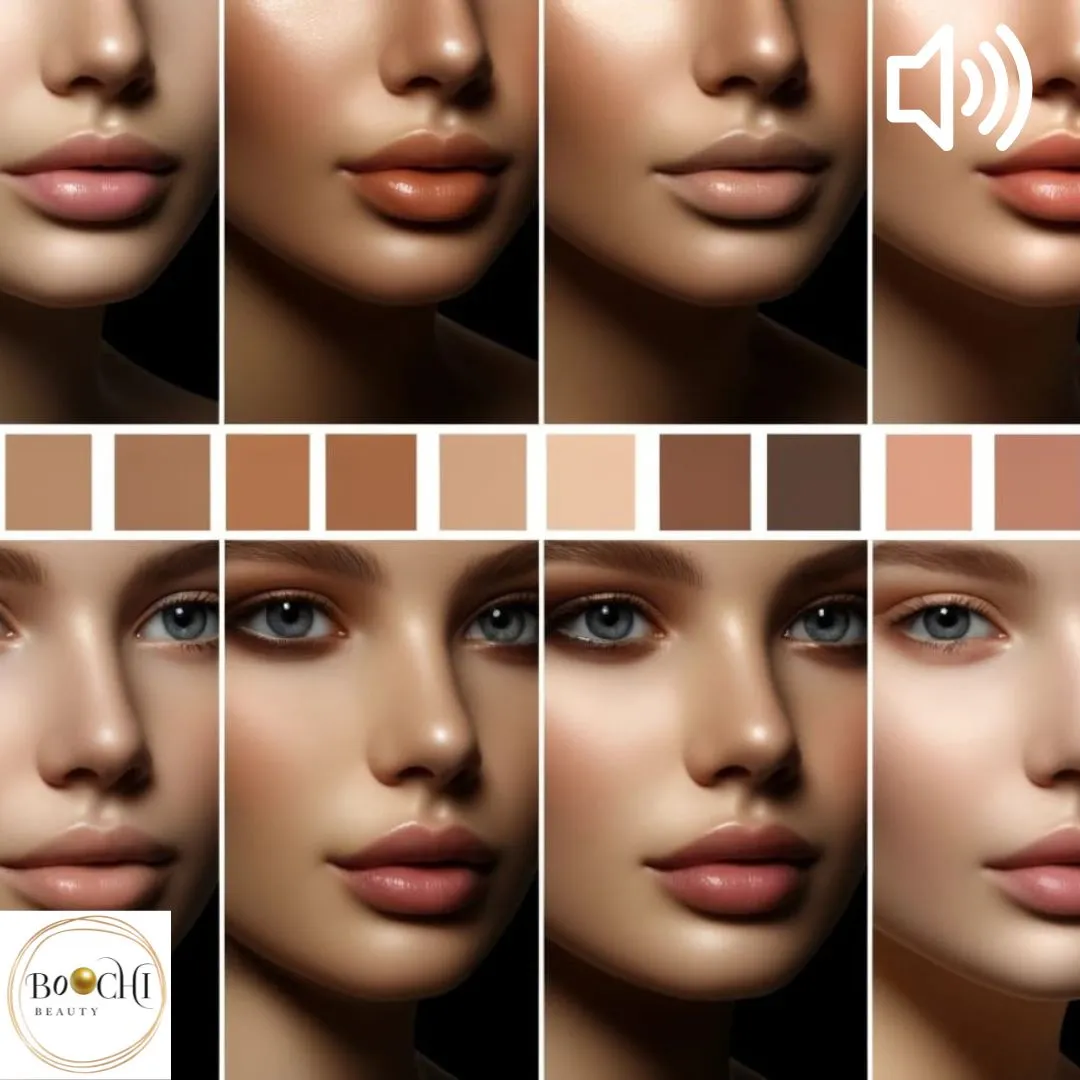
Mastering the Color Wheel in Beauty!
|
Getting your Trinity Audio player ready...
|
Basics of the Color Wheel:
- Primary Colors: Red, blue, and yellow.
- Secondary Colors: Green, orange, and purple, created by mixing the primary colors.
- Tertiary Colors: Result from mixing a primary color with a nearby secondary color.
- Complementary Colors: are directly opposite each other on the color wheel, like blue and orange, offering maximum contrast.
- Analogous Colors: are next to each other, providing a harmonious blend.
Deeper Dive into Color Theory:
- Hue, Saturation, and Lightness: Learn the nuances of color characteristics. Hue refers to the color itself, saturation to its intensity, and lightness to its brightness. Understanding these can help you choose makeup that complements your natural features.
- Psychology of Colors: Colors aren’t just seen; they’re felt. Different colors can influence mood and perception. For instance, red can evoke feelings of passion and energy, while blue can induce calm.
“Master the colors of the wheel; master the art of beauty. Let every shade reveal your style, every hue enhance your glow. Because when you understand color, you don’t just follow trends—you set them.”
| Larissa Boochi |
Applying the Color Wheel in Makeup:
- Color Harmony: Discover how to use the color wheel to select eyeshadows, blushes, and lipsticks that create the desired harmony or contrast, enhancing your personal style.
- Practical Examples: For cool skin undertones, opt for colors like pink or navy blue. For warm undertones, shades like peach and gold enhance natural beauty.
Advanced Applications in Makeup:
- Seasonal Color Analysis: This section can delve into how different seasons can influence color choices in makeup. For example, summer might call for lighter, pastel shades, while winter allows for bolder, darker colors.
- Occasion-specific Makeup Tips: From everyday looks to special events, learn how to choose makeup based on the occasion using the color wheel. Include tips for creating looks for weddings, professional settings, and casual outings.
- Contrast and Complement: Explore our case studies with before and after transformations, demonstrating how choosing hair color using the color wheel can dramatically enhance different skin tones.
Comprehensive Coverage on Hair Coloring:
- Understanding Undertones and Depth in Hair Colors: A closer look at how to choose hair colors based on your skin’s undertone and your natural hair’s level of depth and pigment.
- Innovative Techniques in Hair Coloring: Explore techniques like balayage, ombre, and highlights, focusing on how these methods can be optimized with color wheel principles.
In-depth Case Studies and Tutorials:
- Real-life Success Stories: Share detailed stories of individuals who transformed their look successfully using the color wheel. Include before-and-after photos to illustrate the impact.
- Step-by-Step Tutorials: Provide detailed tutorials on how to select and apply makeup and hair colors using the color wheel, complete with video links or animated gifs for clarity.
Tips for Using the Color Wheel in Everyday Life:
- Matching Makeup with Clothes: Learn to match your makeup with your clothes using the color wheel, creating a stylish and harmonious look for any occasion.
- Tools and Resources: Experiment with color combinations using apps like Adobe Color CC before applying them.
- Integrating Accessories: Extend the color wheel application to choosing accessories like scarves, jewelry, and bags that complement or contrast with your outfit and makeup.
- Troubleshooting Common Mistakes: A section on common color wheel application mistakes and how to avoid them, ensuring readers can apply these principles flawlessly.
The color wheel is a powerful tool in the art of beauty, allowing you to enhance your appearance scientifically and creatively.
Understanding and applying these concepts will not only improve your makeup and hair color selection skills but also boost your confidence when trying new looks.
Reinforce the transformative power of understanding and utilizing the color wheel in beauty routines. Encourage readers to experiment fearlessly while equipping them with the knowledge to make informed decisions.
#BoochiBeauty #Visagism #PersonalizedBeauty #LuxuryBeauty #MakeupArtistry #HairStyling #BeautyEmpowerment #TimelessBeauty #BeautyTransformation
By Larissa Boochi, Former Cosmetologist and Journalist
As an Affiliate Associate, I earn from qualifying puchases.
#NaturalBeauty #Cosmetology #BeautyTips #BoochiBeauty #Denver
Transform your beauty routine, become Boochi Beautiful!
Tag us on Instagram @boochibeauty.









Leave a Reply